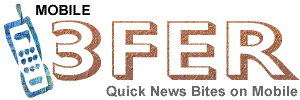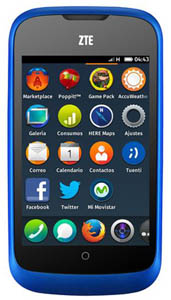3FER: 6 December 2013

#1: Black Friday Review
The results from our annual Thanksgiving Weekend shopping binge disappointed retailers. Sales were down 2.9% from 2012. Mobile shined last weekend, and those who used it wisely bucked the weekend trend.
Per IBM, mobile sales jumped 63% and accounted for 32% of online traffic and 13% of everything purchased. According to Adobe, 18.3% of online sales across 2,000 retailers came from mobile on Cyber Monday, an 80% increase. And those smart enough to optimize their web site saw sales leap over 180% for top retailers. (Mobile also saved shoppers from bodily harm: http://bit.ly/1gblP9V).
Review the full reports below:
IBM: http://bit.ly/1cdFtLd
Adobe: http://bit.ly/18c7F5C
Branding Brand: http://bit.ly/1cdFBdL
[br]
#2: Mobilizing Dining
Growing up, there’s was a local restaurant that had telephones in every booth to call in your order. What was an odd novelty decades ago has now come full circle. Following a similar move by Chilli’s Grill & Bar, Applebee’s will install over 100,000 tablets nationwide. These low-end Android devices that are secured to the table will order up you food, offer games and allow you to pay your bill.
Most important, these tablets will minimize your engagement with manically-happy servers–a very welcomed innovation IMHO.
Read more on this in Business Week: http://bit.ly/1iIs3gH
[br]
#3: Heckle Me
On Tuesday, December 17th @ 7PM, I’ll be presenting at Mobile Twin Cities. We’ll cover how connected devices are driving the evolution of mobile and how to prepare for it. Join me for this free event (with pizza) in downtown Minneapolis.
Details & RSVP: http://bit.ly/1bNgj5S



